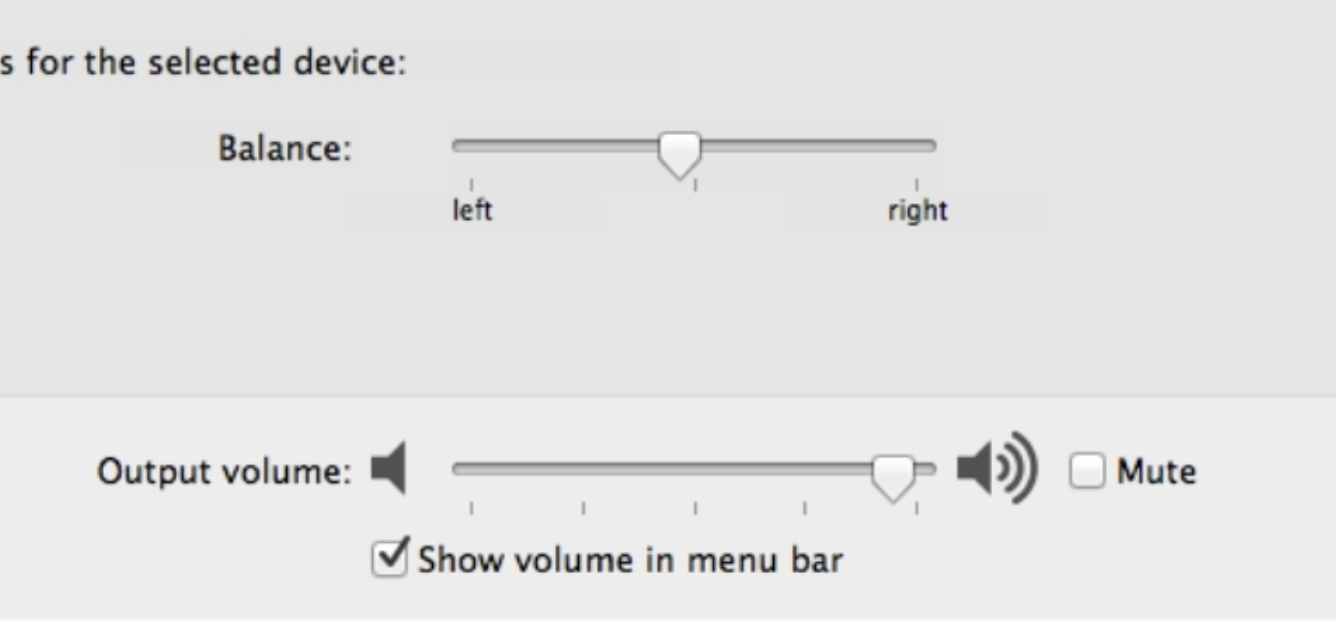“Affordances” is an American psychologist James Jerome Gibson who first put forward a concept in 1977. He believes that “Affordances” is the feedback of objects to animals, subjective and objective. It refers to the possibility provided by the environment for human/animal behaviour.
For example, when we want to smash an object, if there is a stone around us, we may use this stone as a tool. The stone does not indicate that it can be used as a tool, but the physical properties such as the stone’s size and hardness provide people with the corresponding affordance.
Norman introduced this theory into the design of HCI. For example, the slider’s design is used to adjust the volume, and the design of the scroll wheel is used to set the time so that users can make suggested actions.
The big screen of the Ipad gives people the first impression that the screen operates it. It looks larger than the mobile phone operation space. Your fingers can all slide on it. Besides, there are the following functions:
1. iBook browse the e-book
2. Edit and browse documents (when paired with a Bluetooth keyboard, it will become more convenient)
3. Watch film and television works
4. Play games
5. Listen to music
6. Browse the web
7. You can use it with apple pencil to draw and take notes electronically
8. Split screen supports simultaneous use of multiple interfaces
9. Simulate musical instrument performance
Regarding “Perceived affordance”, my understanding is that design cannot be completely dependent on “Affordances” because the user’s behaviour not only depends on the user’s plan, awareness, values, and knowledge level at the time. It also depends on the environment and cultural differences in the object. Therefore, Ipad is not only an electronic product. Some people may think that it can also be used to cover instant noodles or as a hard cushion. I think a good design is intuitive and does not require any tags, and it can be easily used even for people who use it for the first time.


